Fort Klock
Digging into the history of the Mohawk Valley
We left the shores of Lake Ontario on a blustery, cold day. Fortunately the wind was with us. The bus blew down the road into the Mohawk Valley, to a small town on the shores of the Erie Canal where there was a marina that also had a few campsites.
The campground was wedged between the canal and a train track, with about 100 feet in either direction. Trains came by every two or three hours, which provided endless entertainment. On the other side was the Erie Canal, one of the more impressive feats of engineering in American history.
The Panama Canal gets all the glory (it was an epic feat), but many people don’t realize there are networks of canals running all over the eastern and southern United States. They aren’t used much commercially at the moment — although with diesel prices rising, the canals may be economically viable again soon — but the Great Loop1 is popular with sailors.
It was a short drive. We made it to our campsite by lunch time and started looking around for something to do. Part of the reason we’re here in upstate New York and headed through the mid-Atlantic region was to show the kids some American history sites, so when Corrinne found something called Fort Klock, A Fortified Stone Homestead, we figured it’d fit right in. What kid doesn’t love the sound of a “fortified homestead”?
To be honest we weren’t expecting much from Fort Klock, but it turned out to be the best historical site we’ve visited. We enjoyed it more than Jamestown or Williamsburg (more on those soon). What made it the best place we’ve been was the people, or rather the person, Les.
We were the only visitors there and when we walked in the only other person was Les, who had been in the kitchen, tending the fire. He asked if we wanted “the full tour” and we said sure. We paid $20 for the five of us and Les proceeded to lead us on a three-hour historical tour of the property, and by extension life in the Mohawk Valley over the last three hundred years.
It would be impossible for me to try to capture it here because part of it was that when he was talking about cooking, there was a fire in the hearth, when he talked about making farm tools out of wood, he was showing us how to drag a draw knife, how to save the shavings to start the fire, how to work a loom.
There were no glass walls cutting you off from Fort Klock. There were some railings here and there, but for the most part you could touch and interact with artifacts in a way that you never can at most historical sites. For the kids that’s the whole point. They don’t care about the abstraction we call history — those people back then. The kids want to know how they would have lived, what kids did, how things worked, what the food smelled like, how you load a muzzleloading rifle, how you fire a cannon, how you make a canoe, how you sail a wooden square rigger. I’m the same way. I don’t really care about who won the battle, I want to hear the stories of the people who fought, or farmed, or traded, or hunted, or whatever. That’s what Fort Klock was, a working example of what life was like. History that’s still alive.
Klock’s fortified homestead is a stone farmhouse built in 1750 by Johannes Klock. The walls are over 2 feet thick. It sits on Kings Highway, the main thoroughfare of the valley at that time, and on the edge of the Mohawk River. It was a major trading post in the area and one of the primary defensive structures around.
It was built from the ground up with defense in mind. There are little portals on all sides with angled access to provide the widest range of fire to those inside. The windows could be covered by sturdy wood shutters and — the real key to its defensive capability — it was built over a spring, which still bubbles up in the cellar. All the Klocks had to do was lay in some food and ammunition and they were ready to withstand a siege. Which they did, several times.
Fort Klock was used during both the French and Indian War and the American War for Independence, as both a refuge and trading post (there were other such fortified homes in the valley, but this is the only one that’s been restored and has public access).
Rather amazingly the home remained in the Klock family through the 1950s, though it was largely abandoned when the family moved back to town in the ‘30s. In the early 1950s the Tryon County muzzleloaders (re-enactors interested in collecting and shooting antique guns) were looking for a place to shoot and came across the property. The last descendant of Klock had been looking for someone to restore the property and so they struck a deal. The muzzleloadiing group raised money and rebuilt the property and eventually opened it to the public.
Today it is owned and operated by the Fort Klock Historic Restoration group. The non-profit was spun off of the muzzleloaders group because the National Park Service refused to give the National Historic Landmark distinction to a muzzleloading club. Fortunately the muzzleloaders had the humility the government lacked and they set up a separate foundation and eventually got the historic designation. Don’t let the name fool you though. The truth is a bunch of people who love shooting muzzleloading rifles saved and restored this place and continue to maintain it.
There is something sad about a house that is no longer a home. We’ve been in many over the years, and I always get the feeling that the walls feel lonely after generations of families running through them, the silence is greater for the sounds that are no longer there. It’s as if an entire way of life falls silent when the families leave. Fort Klock was the opposite. It still smelled of woodsmoke and life and that, combined with Les’s stories, which always seemed to wander from the past, to the present, the grandparents of someone down the road, the ancestors of the man who still has a working blacksmith shop just over the ridge in… history was not something abstract, but real. That barn, in that person’s family, that did this, and so on for three hours. It was the best $20 I’ve ever spent.
-
The Great Loop is a route that brings together various waterways, making it possible to travel along the Atlantic seaboard, Gulf Intracoastal Waterway, Great Lakes, Canadian Heritage Canals, and the inland rivers of America — like the Erie Canal — to make a big loop. There are a few routes, but the Erie portion seems to be one of the more popular ones. ↩
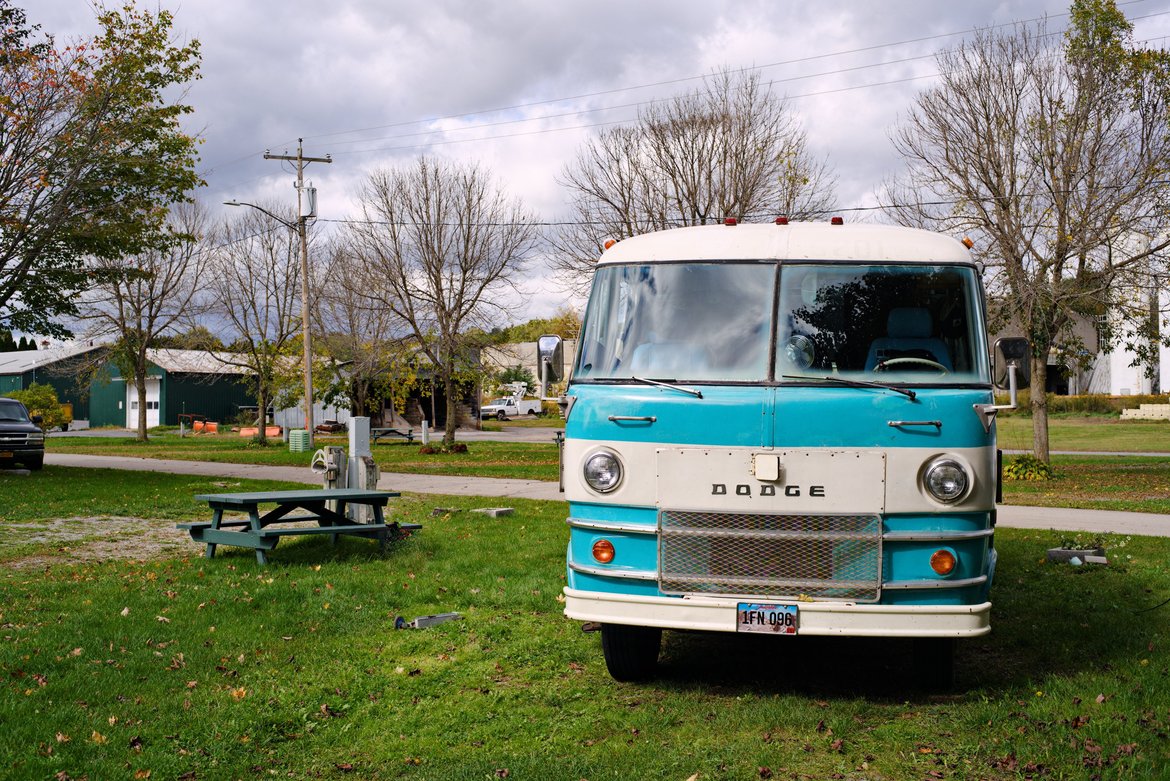

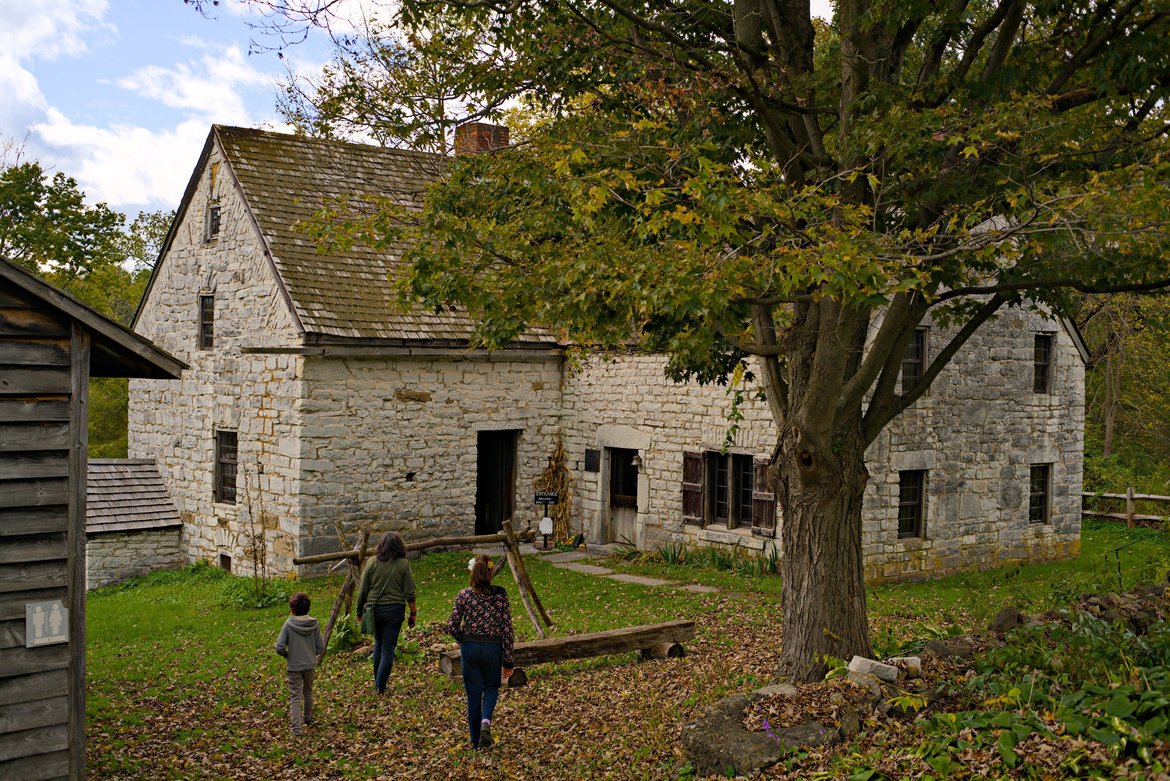
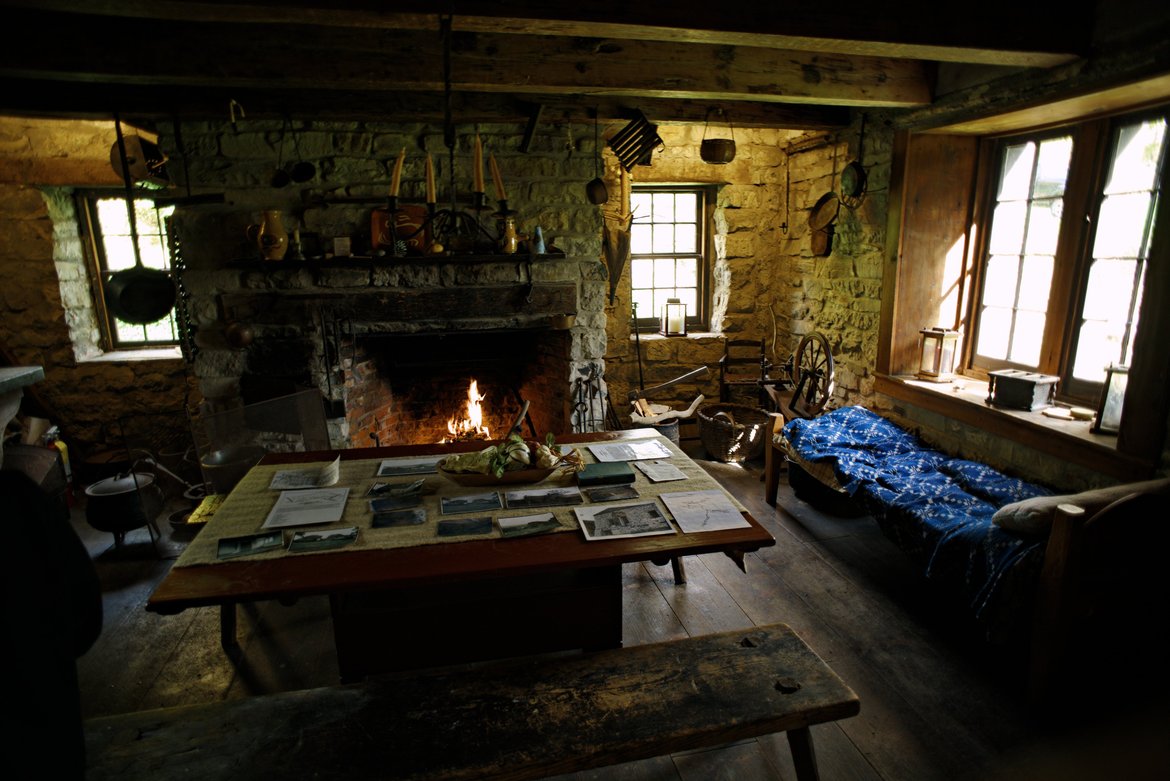
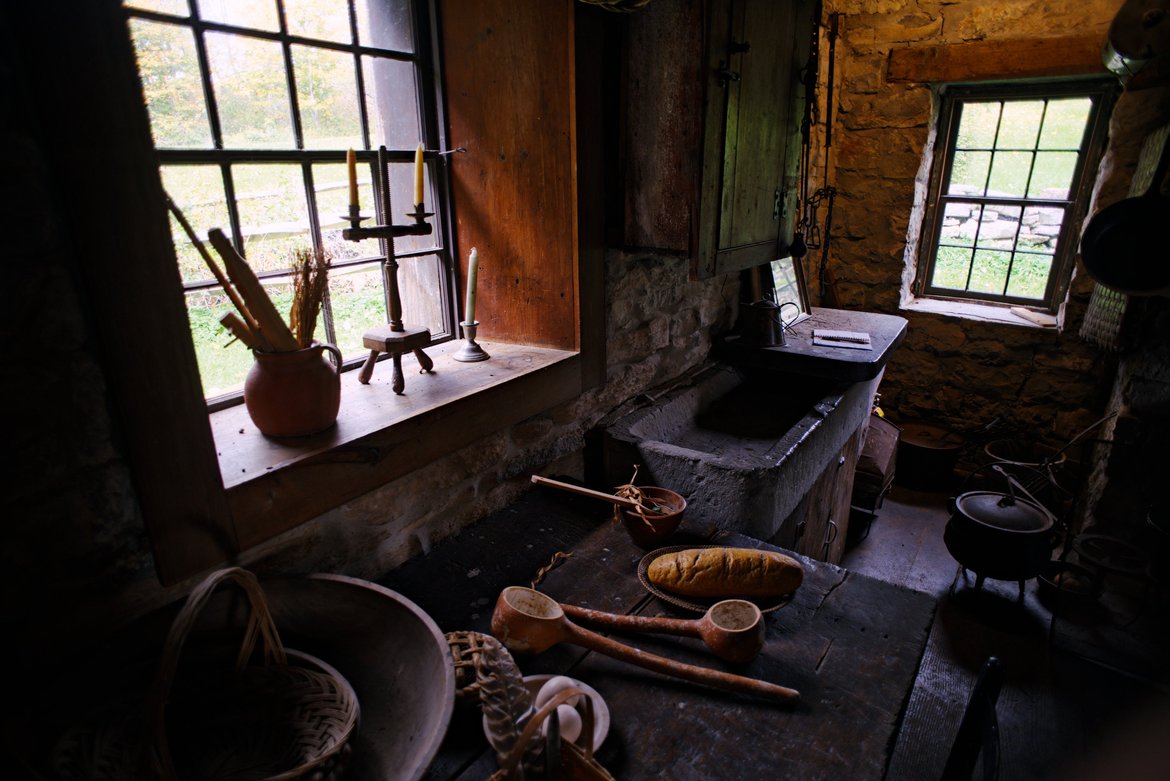
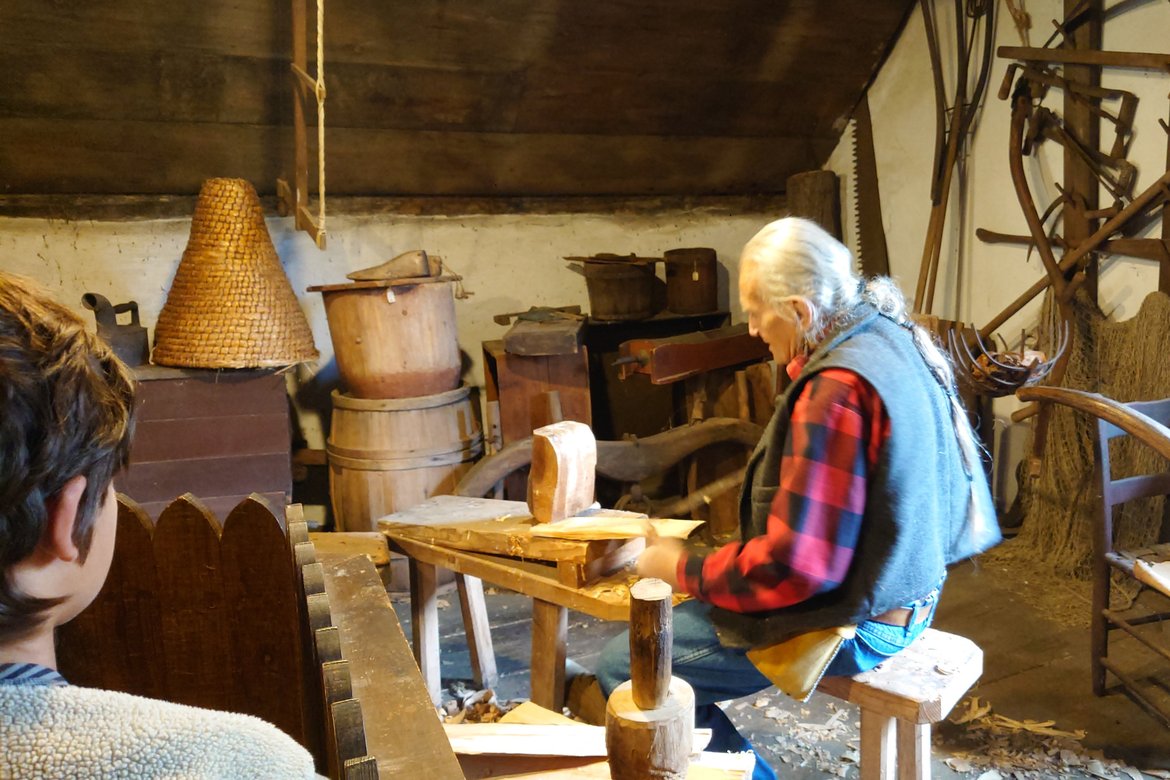
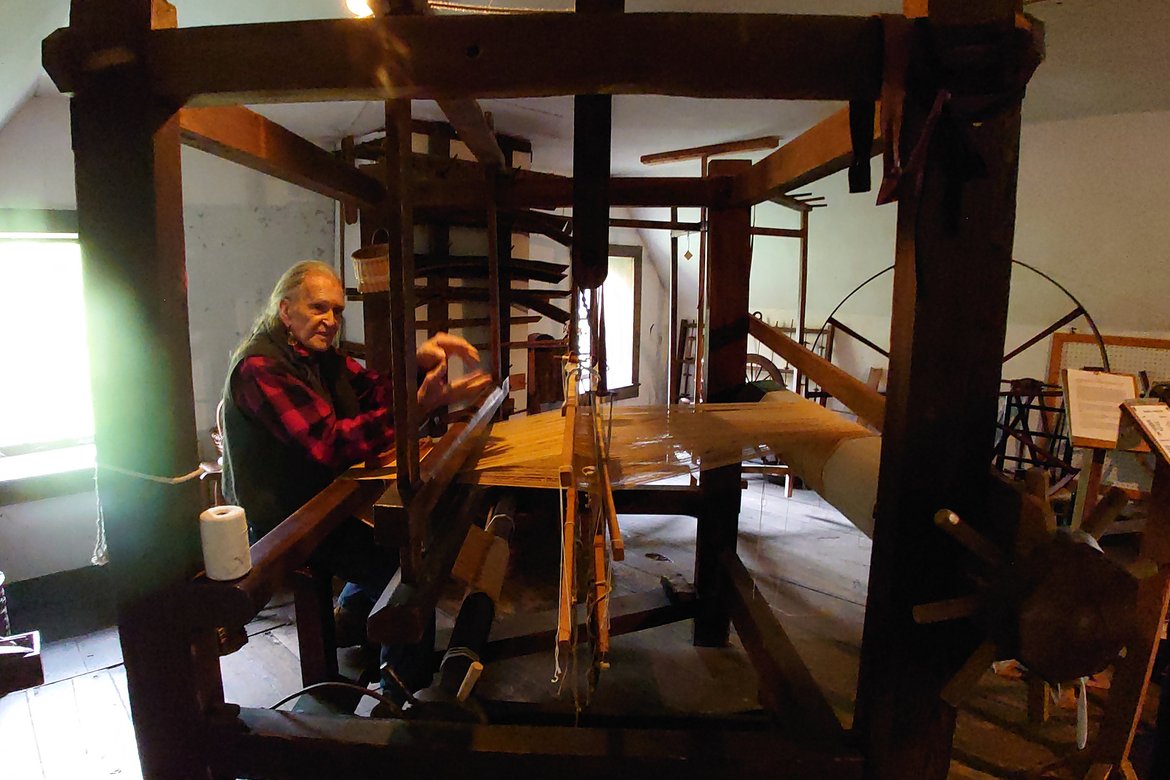
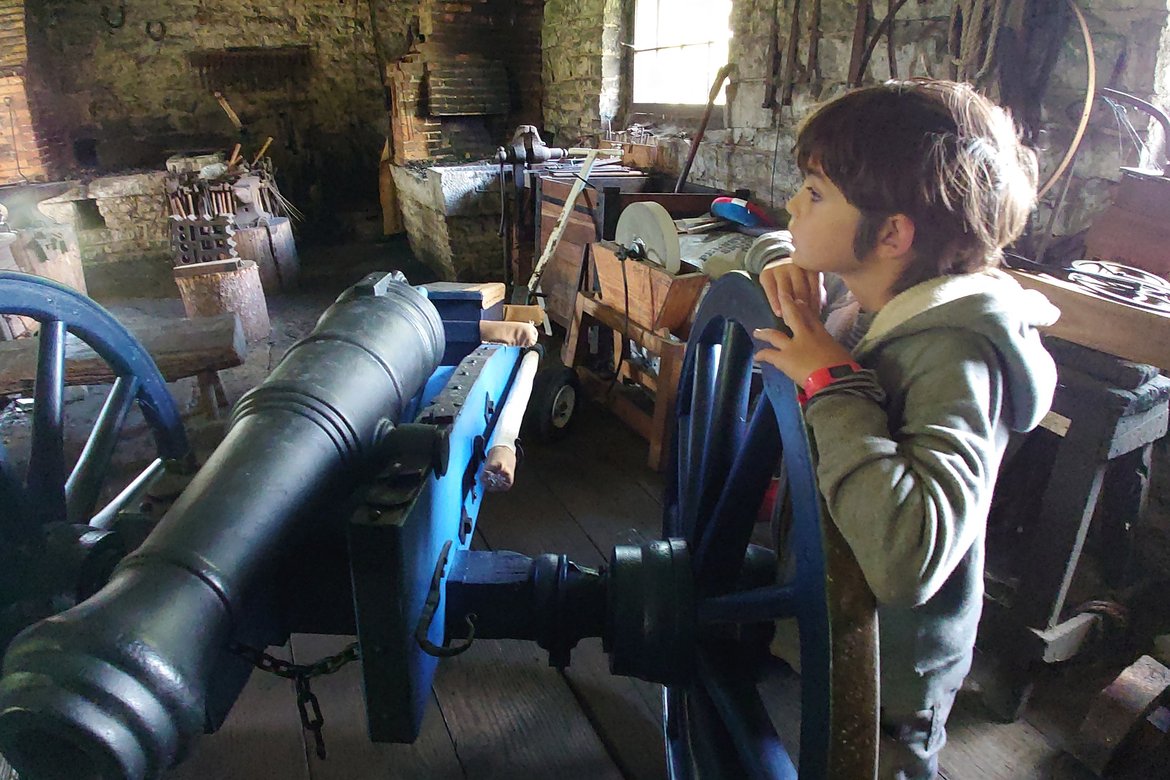
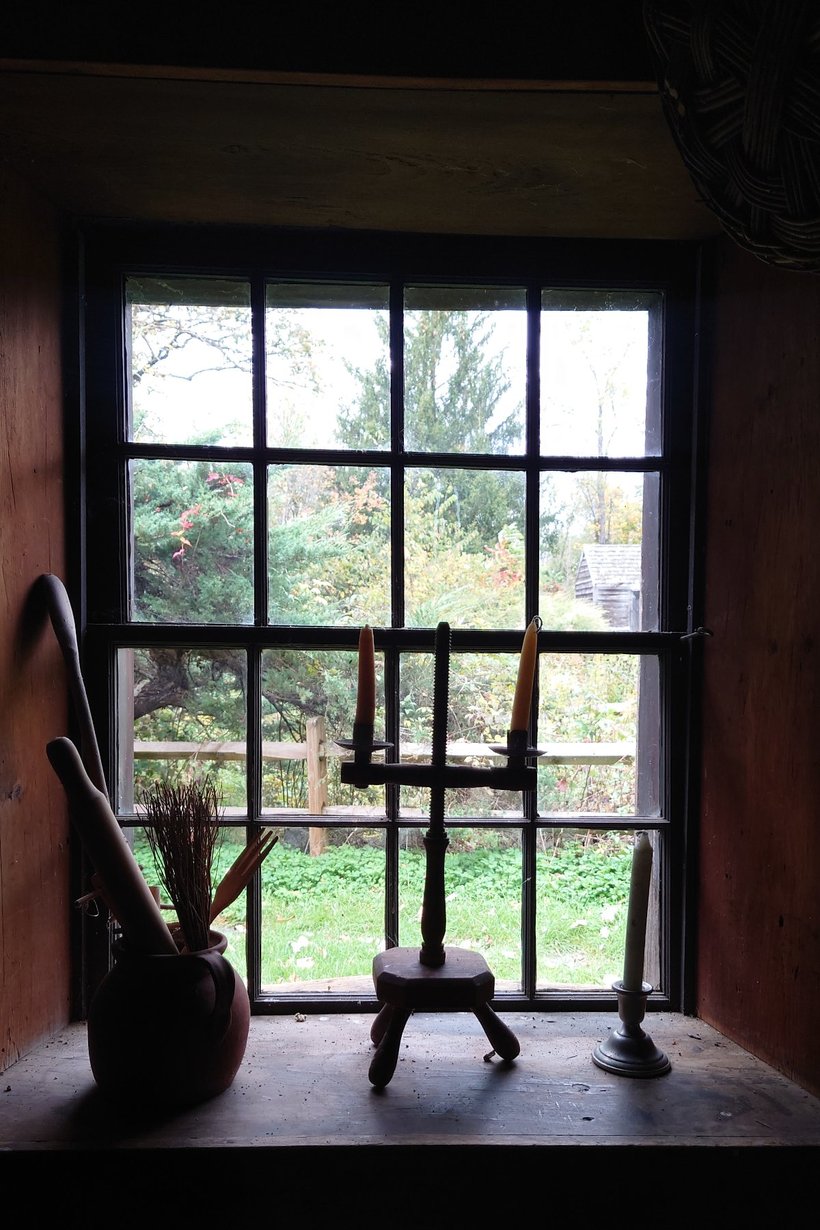
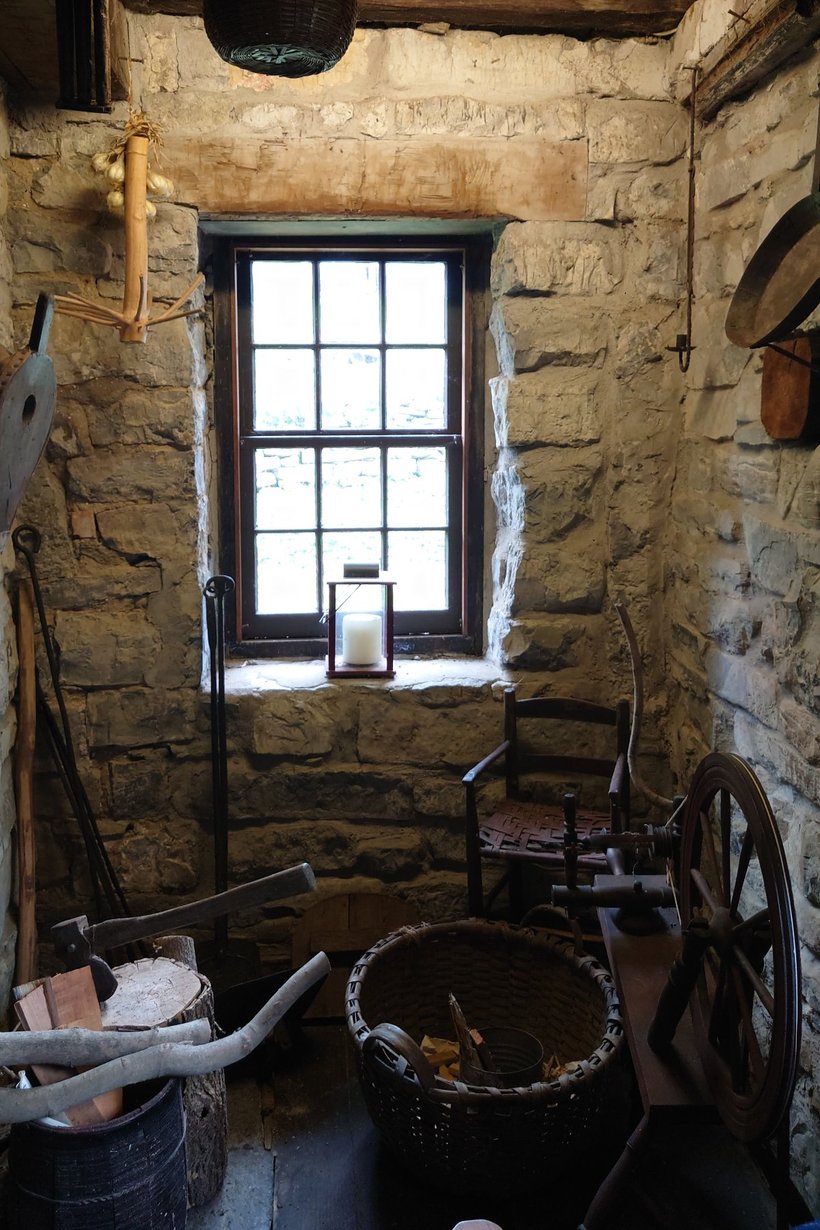
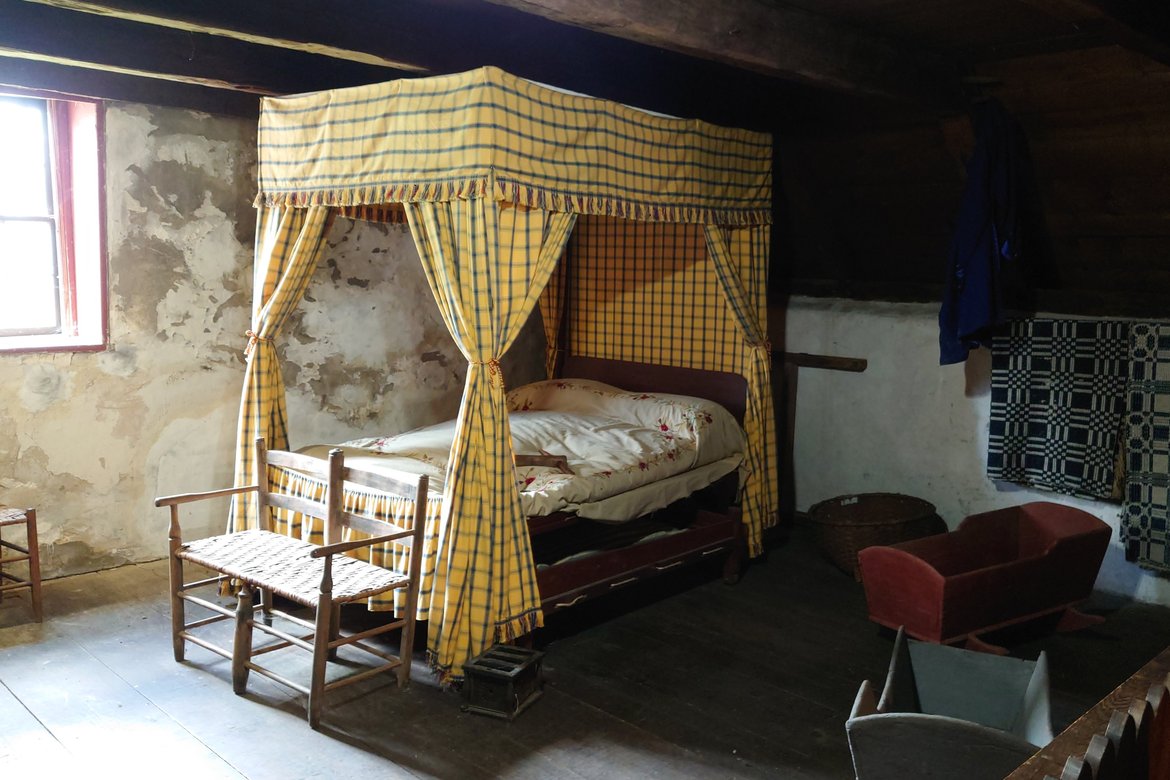
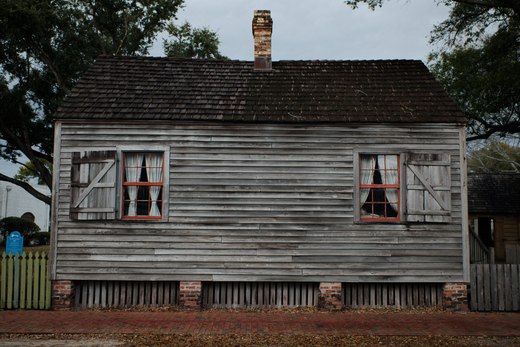
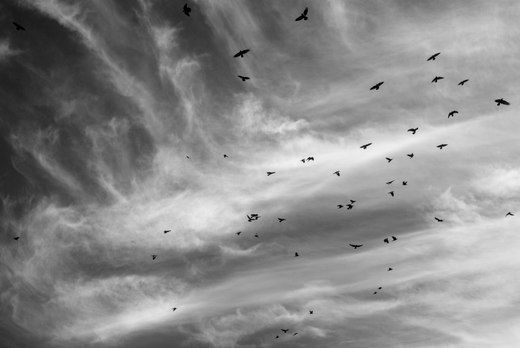
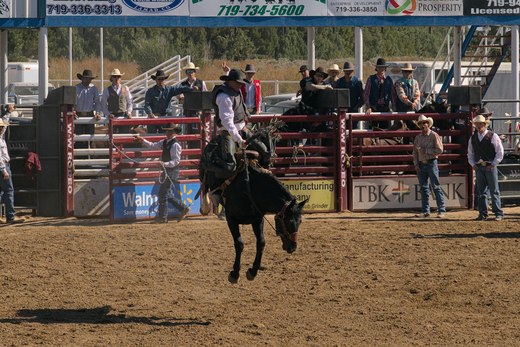
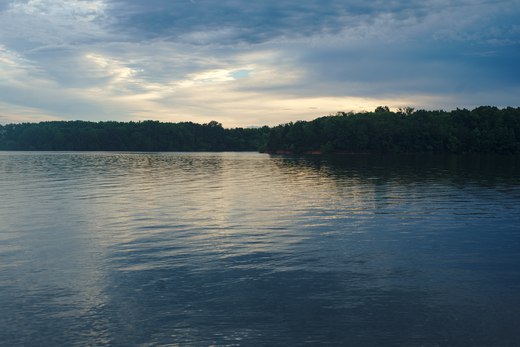
2 Comments
Thank you very much for this wonderful description of Fort Klock! I was born and raised in nearby St. Johnsville.
Robert-
Thanks for stopping by and glad you like it. Fort Klock is still my kids’ favorite revolutionary war site, and it’s in such a beautiful area. Wish we were going back again this fall, I love autumn in upstate New York.
Thoughts?
Please leave a reply:
All comments are moderated, so you won’t see it right away. And please remember Kurt Vonnegut's rule: “god damn it, you’ve got to be kind.” You can use Markdown or HTML to format your comments. The allowed tags are
<b>, <i>, <em>, <strong>, <a>. To create a new paragraph hit return twice.